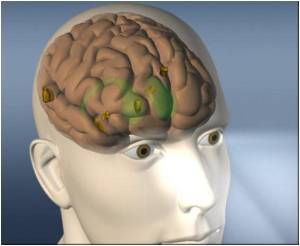Researchers have unravelled the neurological process for the recognition of letters and numbers.

"We analyzed the influence of the context given by a word when linking the physical traits of its components to the abstract representations of letters," explained Nicola Molinaro, main author of the study and researcher of the Basque Research Center on Cognition, Brain and Language (BCBL).
"Otherwise, it would not be possible to think that a number can activate the representation of a letter when it is inserted among a string of letters that make up a word (M4T3R14L).
"We used numbers that visually resemble letters (1-I, 5-S, 7-T), and we replaced them," states the expert.
The words were presented to participants during tenths of milliseconds (imperceptible to consciousness).
Then, the correct words where shown so that participants could read them (for example, M4T3R14L - MATERIAL). Control strings including numbers explicitly different to letters (M9T6R26L- MATERIAL) and word identity (MATERIAL- MATERIAL) were also included.
Advertisement
"This effect shows that in the case of strings with letter-like numbers, the link between the visual physical representations of numbers and the abstract representations of correct letters is made automatically, given the visual overlapping among characters," said the neuroscientist.
Advertisement
"The brain recognizes that the elements that make up the strings presented unconsciously are in fact numbers, not letters, showing some specificity in the processing despite the initial visual overlapping found in the above component," he assured.
Lastly, 250 ms after the display of strings, the conditions of identity and visually letter-like numbers showed a very similar positive effect, clearly different from the effect caused by the strings with numbers that were visually different from letters (control).
"The global processing of words is very similar for strings that include letters that are properly written and for those including numbers that are visually similar to letters", concluded Molinaro.
The study has been published in Neuropsychologia journal.
Source-ANI









